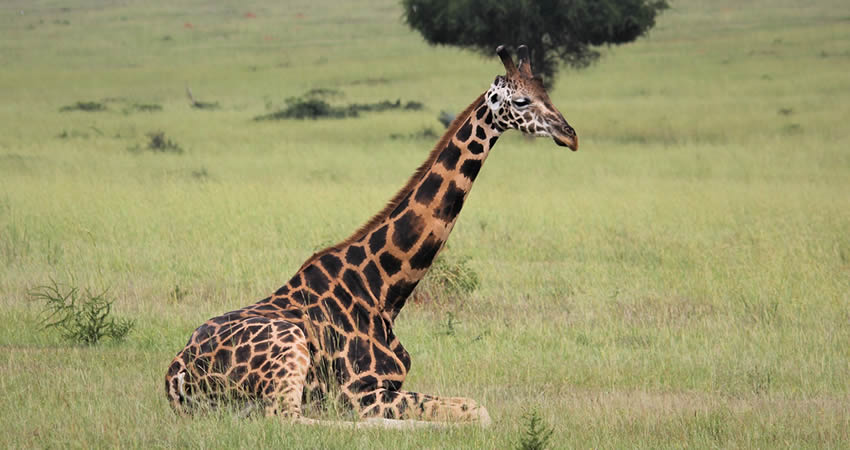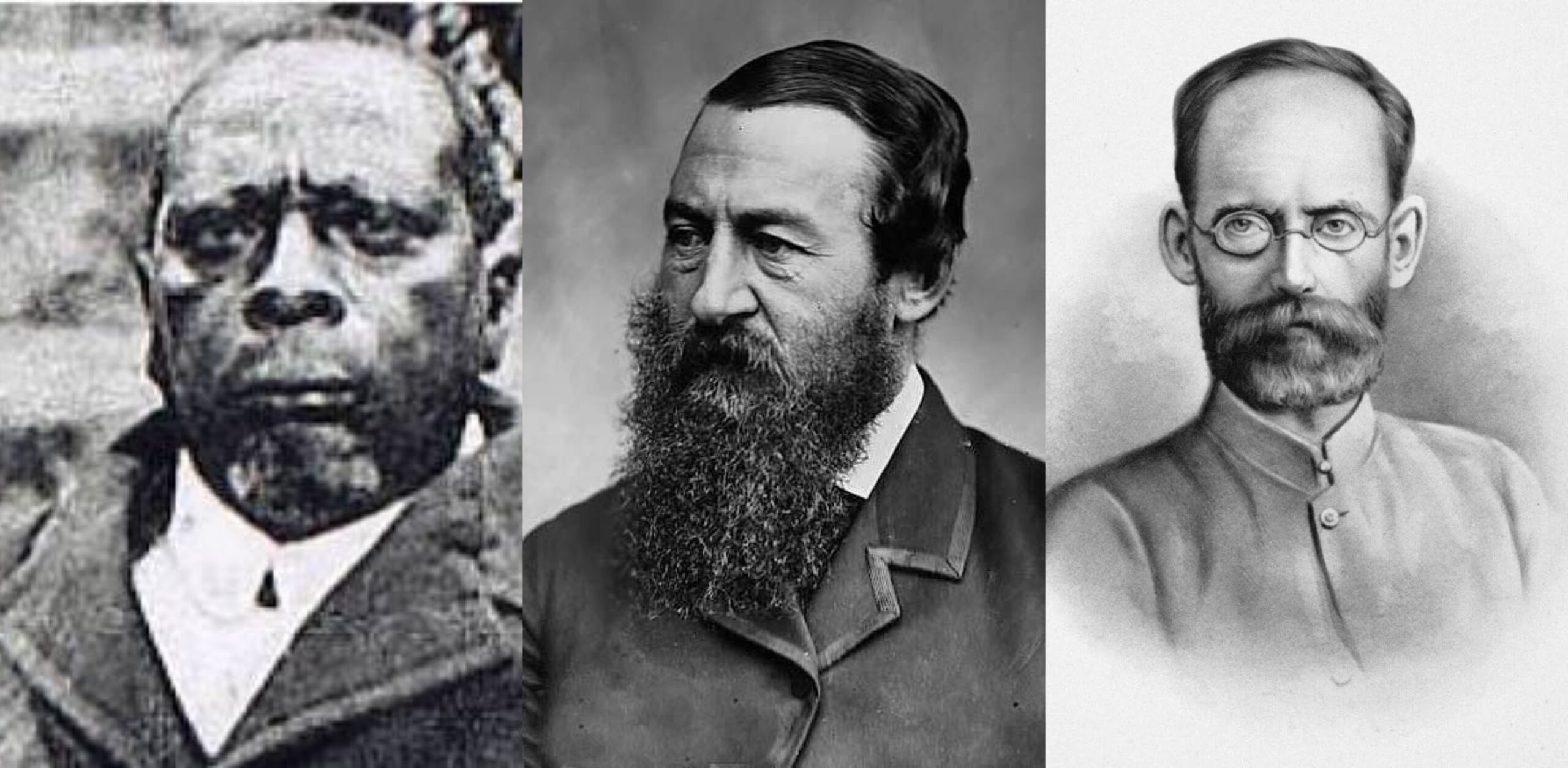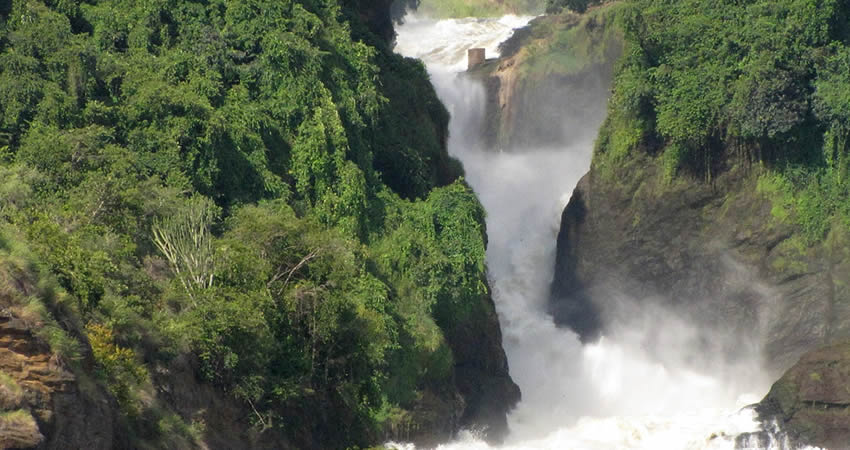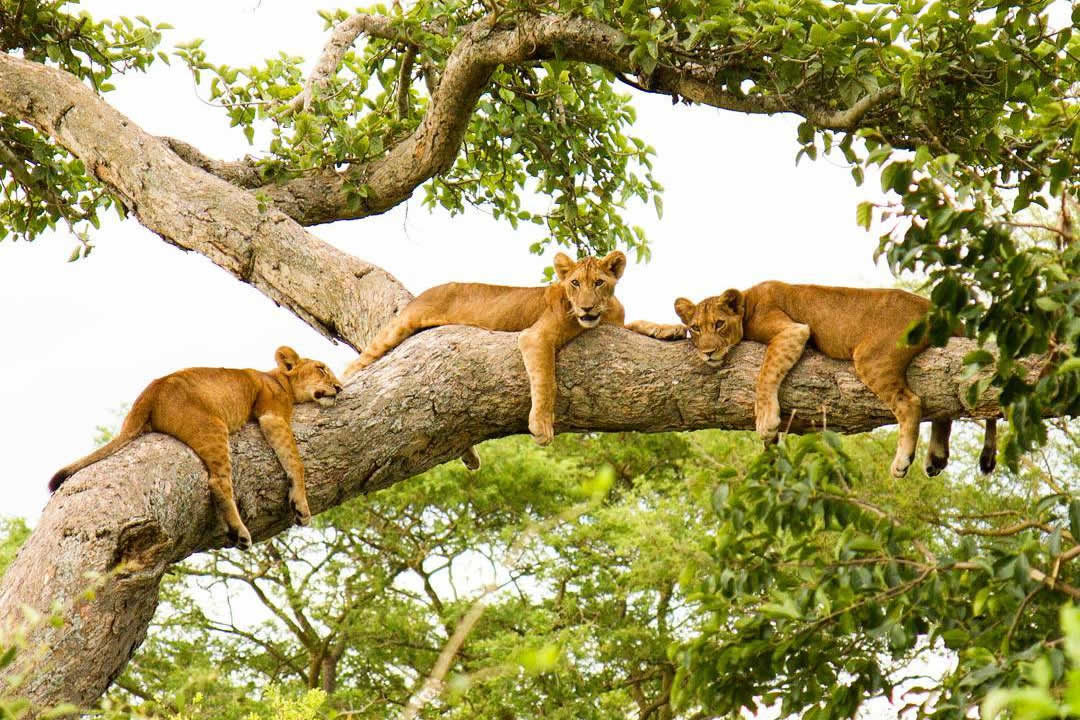
Murchison Falls: Uganda’s Thundering Giant
Nestled within Uganda’s largest national park lies one of Africa’s most spectacular natural wonders: Murchison Falls. Here, the world’s longest river, the mighty Nile, forces its way through a narrow rocky gorge just 7 meters (23 feet) wide before plunging 43 meters (141 feet) in a thunderous cascade of white water. More than just a scenic waterfall, Murchison Falls represents a convergence of natural power, rich biodiversity, cultural significance, and historical importance that has captivated explorers, conservationists, and travelers for generations.
A Historical Journey Through Time
Ancient Origins and Indigenous History
Long before European explorers arrived, the falls held deep significance for local communities. Known as “Kabalega Falls” to the indigenous peoples, named after the powerful Bunyoro King Kabalega who defended his kingdom against colonial incursions, the waterfall was considered a sacred place of spiritual power. Local folklore tells of river spirits dwelling in the churning waters, and traditional ceremonies were often performed near the falls to honor these entities and ensure good fortune.
European Discovery
The first European to document the falls was Sir Samuel Baker, who, along with his wife Florence Baker, reached this natural wonder in 1864 during their expedition to establish the source of the Nile. Struck by its thunderous power, Baker named it Murchison Falls after Sir Roderick Murchison, then president of the Royal Geographical Society. Baker wrote in his journal: “The fall of water was snow-white, which had a superb effect as it contrasted with the dark cliffs that walled the river, while the graceful palms of the tropics and wild plantains perfected the beauty of the view.”
Colonial Era
During the British colonial period, Murchison Falls gained fame as a symbol of Uganda’s wild beauty. The area around the falls was designated as a game reserve in 1926, primarily to protect the large herds of elephants that roamed the region. This conservation effort expanded in 1952 when Murchison Falls National Park was officially established, becoming one of Africa’s earliest national parks.
The Amin Years and Recovery
The park and falls suffered greatly during the turbulent rule of Idi Amin in the 1970s. Wildlife populations were decimated by poaching and military activities, and tourism collapsed. Following Uganda’s return to stability in the 1980s and 1990s, extensive conservation efforts have allowed both the ecosystem and tourism infrastructure to recover remarkably. Today, Murchison Falls National Park once again stands as a premier wildlife destination, with animal populations approaching their historic levels.
Geological Marvel: What Makes Murchison Falls Special
The Unstoppable Force Meets an Immovable Object
What distinguishes Murchison Falls from other famous waterfalls worldwide is the extraordinary concentration of force. While falls like Victoria or Niagara impress with their width and volume, Murchison captivates with its compressed power. The entire flow of the Nile, one of Earth’s mightiest rivers, forces itself through a gap barely wider than a suburban street.
Geologists estimate that the falls have been cutting their way upstream for thousands of years, creating the dramatic 120-meter long gorge visible today. The falls demonstrate the relentless erosive power of water against even the hardest rock formations.
The Devil’s Cauldron
At the base of the falls lies what guides and locals call “the Devil’s Cauldron” – a frothing, churning pool of immense power where the compressed waters finally release their energy. The continuous impact of the falling water has carved out a deep basin, creating dangerous whirlpools and currents that make the immediate area below the falls impassable by boat.
Rainbow Effect
One of the most photogenic aspects of Murchison Falls is the permanent rainbow that forms in the mist thrown up by the cascading waters. This prismatic display, particularly vivid during morning hours, creates a mystical atmosphere that enhances the falls’ dramatic setting.
Ecological Significance
River Ecosystem Dynamics
The falls serve as a natural barrier in the Nile, creating two distinct ecological zones above and below the cascade. This separation has led to different species compositions in the upper and lower Nile sections within the park. The turbulence and oxygenation caused by the falls create ideal conditions for certain fish species and the predators that feed on them, including the enormous Nile crocodiles that bask on nearby banks.
 Biodiversity Hotspot
Biodiversity Hotspot
The varied habitats surrounding the falls – from riverine forests to savannah – support an extraordinary diversity of life. The park hosts over 76 mammal species including elephants, giraffes, hippos, buffalo, and the rare Rothschild’s giraffe. Lion prides hunt in the savannah, while leopards prowl the woodlands.
For bird enthusiasts, the area represents one of Africa’s premier destinations with more than 450 recorded species. The rare shoebill stork, with its prehistoric appearance, is perhaps the most sought-after sighting, but kingfishers, bee-eaters, and fish eagles abound in impressive numbers.
Connecting Landscapes
Murchison Falls serves as the centerpiece of a larger protected landscape that includes Bugungu and Karuma Wildlife Reserves and Budongo Forest Reserve. Together, these protected areas form a critical wildlife corridor allowing animal migrations and genetic exchange, essential for long-term conservation success.
Cultural Impact and Tourism
 In Literature and Film
In Literature and Film
The falls have inspired numerous writers and filmmakers over the decades. Ernest Hemingway famously survived a plane crash near Murchison Falls in 1954, an incident that later informed his writing. The 1951 film “The African Queen” starring Humphrey Bogart and Katharine Hepburn, while not filmed at Murchison Falls itself, was inspired by similar landscapes along the Nile and brought international attention to this region of Africa.
Modern Tourism Experience
Today’s visitors on self-drive or driver-guided Murchison falls safari adventure can experience the natural wonder from multiple perspectives:
- A boat trip to the base of the falls allows travelers to feel the spray and witness the tremendous power up close
- The challenging hike to the top of the falls rewards adventurers with vertigo-inducing views directly over the cascading water
- The “Top of the Falls” viewpoint offers perhaps the most dramatic perspective, where visitors can stand just meters from the point where the entire Nile squeezes through the narrow gap
For wildlife enthusiasts, game drives on both the north and south banks of the Nile offer encounters with the park’s abundant fauna, while specialized boat safaris explore the Victoria Nile and Lake Albert.
Economic Importance
The falls have become one of Uganda’s premier tourist attractions, providing vital income for conservation efforts and supporting local communities through employment and tourism-related businesses. The park employs hundreds of guides, rangers, and hospitality workers, while additional community projects harness tourism benefits for education and development initiatives.
Conservation Challenges and Future
Hydroelectric Development Debates
Perhaps the greatest contemporary challenge facing Murchison Falls has been recurring proposals to build a hydroelectric dam at the site. In 2019, plans for a 360MW power plant at the falls sparked an international outcry and domestic protests from environmentalists, tourism operators, and cultural advocates. While the Ugandan government eventually shelved these specific plans in 2020, balancing energy needs with conservation remains an ongoing conversation.
Climate Change Impacts
Changing rainfall patterns due to climate change are affecting water levels in the Nile Basin, with potential long-term implications for the falls and surrounding ecosystems. Conservation efforts now include climate adaptation strategies to help protect the area’s biodiversity.
Sustainable Tourism Development
As visitor numbers grow, park authorities face the challenge of developing infrastructure that meets tourism demands while minimizing environmental impact. New eco-friendly lodges, improved trails, and visitor education programs aim to strike this delicate balance.
Conclusion: A National Treasure
Murchison Falls represents far more than a scenic waterfall – it is a dynamic force of nature that has shaped landscapes, ecosystems, and human experiences for centuries. As Uganda’s flagship natural attraction, it embodies the country’s commitment to preserving its natural heritage while sharing it with the world.
The falls remind us of the raw power inherent in nature, the delicate balance required for conservation, and the profound impact that a single geographic feature can have on an entire region’s identity. Whether viewed from a rocking boat at its base, from the precarious perch at its crest, or from the distant savannah where its roar still reaches, Murchison Falls remains one of Africa’s most awe-inspiring natural spectacles – a place where the mighty Nile demonstrates its full, unbridled power.
Let Mumwe Safaris be your guide to Murchison Falls park- whether you want to drive yourself there or prefer the company of a driver-guide, we will be more thn delighted to offer you our services. You can contact us now by sending an email to info@mumwesafarisuganda.com or call us now at +256-700135510 to speak with the reservations team today.





